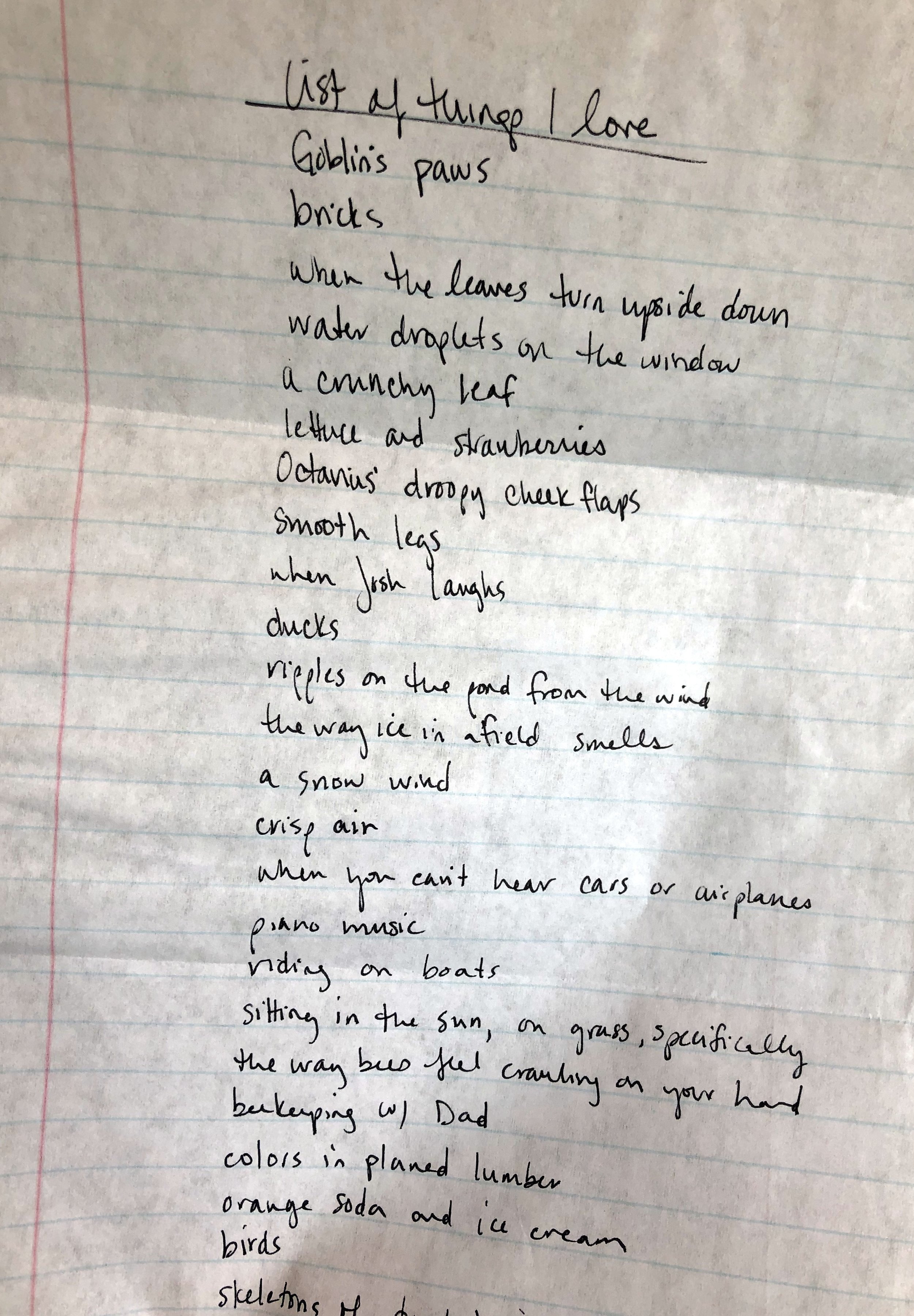Part of my Fake Master’s Degree (click here to learn more) curriculum included two books on self-editing. I firmly believe that learning to self-edit is a critical skill in any professional writer’s toolbox. Now, I’m not talking about copy editing or proof reading, I just mean the ability to craft your rough work into something minimally palatable, and ideally beautiful for a reader.
The two books I read through were titled “Self-Editing for Fiction Writers” and “The Complete Guide to Editing Your Fiction,” both of which I picked up used at a Goodwill (I think). While both had some useful content, I strongly preferred Self-Editing for Fiction Writers. I thought it was practical and to the point. The other one was less practical, and the author mostly used his own work as examples, and there were pages and pages and pages and pages of it, and I felt that the changes he made were minimal compared to any first draft I’ve ever worked on (mine or someone else’s) and so gave a false idea of how many changes first drafts usually require. If this were a book for experienced writers and was called “Editing Your Third Draft” I might be a little less annoyed. In addition, I found his perspective limited for various reasons, but I won’t get into that.
At any rate, I was supposed to pick out three helpful strategies from each book and explain why I think they are helpful strategies.
Self-Editing for Fiction Writers by Renni Browne and Dan King
I found this book surprisingly helpful. I’m always suspicious of books on self-editing, only because I believe revision is a very personal thing and different for everyone—similar to the way writing a rough draft is. But I thought they had a lot of good tips and tricks, and they came at it from the perspective of helping other people improve their work, rather than from the perspective of improving their own work. The tone was very strategic and tactical.
I’m actually going to pull out a few more than three tactics, despite the terms of my original assignment.
The first quote I’d like to share is this:
“You don’t want to give your readers information. You want to give them experiences.” Yes, yes, yes, and yes. This statement appears in the Show and Tell chapter, but I don’t really think this quote needs any context or explanation. We want to make our readers cry and laugh and sit on the edge of their seats = experience the story.
A couple pages later, the writers add, “Bear in mind that “show, don’t tell,” is not a hard-and-fast rule… There are going to be times when telling will create more engagement than showing.” I’ve thought about this a lot, because I hear a lot of authors citing absolute rules—show don’t tell, never use adverbs, don’t use imperfect tense. But this caveat is so important: no rule of writing is a hard and fast rule. I believe that the most important key to good writing is clarity. Your reader has to understand what you’re talking about. And if “breaking” or bending one of these non-hard-and-fast rules enables you to more clearly communicate with your reader, then do it.
Another point they make is in their section on dialogue. They say, “…bring your ear into play when you’re editing yourself,” and “…find the rhythm of your dialogue.” I think reading aloud can be an extremely helpful exercise anyway, but especially for dialogue. Past me made a note about how this is a very subjective thing—what rhythm works and what doesn’t—and present me agrees. But present me also thinks that that’s a good thing! Part of your voice and your style is the rhythm of the words, of the prose. So write what you think sounds good (and is going to best show your characterization).
Internal monologue. Although this book was written in 2004, I think this advice is becoming more and more important. Close first and close third person are the most popular viewpoints now.
They say, “So what’s the right amount of interior monologue? Sorry you’re on your own with that one. The balance you hit depends on what your characters are feeling, how important their feelings are to the story at that point, how you want the scene to flow, and, especially, how evident their feelings are in other ways.” I love this. I’ve noticed that a lot of writers and writing gurus and marketers always seem to know “the answer,” but this puts it back in the hands of the writer. It’s up to you. Don’t forget to listen to yourself when you’re editing, whether its related to internal monologue, characterization, or any other part of the writing process.
The final section I’m going to discuss is on action and beats. The first note I made was on this line: “Far better to give your readers some hints and then allow them to fill in the blanks for themselves.” I think this is especially important when writing action—simple or complex. They continue to say, “…you want to give your readers enough detail to jump-start their imaginations and enough leeway for their imaginations to work. You want to define the action without overdefining it.” I’ve been working on this a lot, especially with my Land of Szornyek series. There is a lot of monster fighting, and hence, a lot of action. I sometimes find myself during rough draft phase including all kinds of unnecessary motion—she looked, she turned, she stepped, when really all that matters is that she drove her blade into the creature’s eye.
I’ll conclude with the way they concluded: “The greatest advantage of self-editing…is the kind of attention you have to pay to your own work while you’re doing the self-editing. It demands that you revise again and again until what you’ve written rings true. until you can believe it.
“It invites you to listen to your work. Do that job of listening carefully enough, lovingly enough, and ou will start to hear your own writing voice.”
I think this quote exactly represents my experiences with self-editing. The more I do it, the more I can see, the more refined I make my language, my characters, my dialogue, my action. And it feels really good.
This book is definitely worth a read if you’re trying to improve your self-editing skills.
Editing Your Fiction by Michael Seidman
The thing I liked the most from this book was a metaphor he used at the beginning of the book. He says, “It’s said that Michelangelo, when asked about his statue of David, replied that he began with a block of stone and chipped away everything that wasn’t the young king. The writing process is much the same: You begin with something, take away everything that isn’t what you want in the finished work, and what’s left is the novel or story or essay or poem you want to present.” While he doesn’t frame this concept as a strategy, I think it is possibly one of the most important parts of writing: the way you think about the editing process impacts whether you find it torturous or rewarding, and can also impact the end result of the process.
If you think of editing as hacking away at your child, ripping out all the parts that made it beautiful, destroying a work of art—then yeah, it sucks. It’s miserable. it’s torture. And you’re likely to do a lot less work and make lot fewer changes.
But if you think of it as lovingly crafting a statue, smoothing out all the wrinkles, shaping and developing and growing your art, then it’s a wonderful process—difficult, yes, but not terrible. And you allow yourself to really shape the story the way it needs to be shaped.
I think a lot of people think of writing a rough draft as birthing a child (it’s a metaphor I’ve heard a lot). But the problem with this is that the point of birthing a child is raising an adult. It’s only the first step of the process. A tiny baby isn’t complete—it’s still growing, developing, learning what it’s true potential really is.
And a rough draft isn’t complete either. It still needs time to mature, just like anything else.
The next strategy I pulled from this book, I also sort of had to add onto. I agreed with his statement, “novels are about your characters not about the events.” But when discussing the development of characters, he talks about the physical reality (what they look like, abilities) and the social reality (their background, upbringing, etc.). I agree that characters should absolutely be multi-dimensional, but I do think he leaves out emotional reality—who they are on the inside.
I think the most helpful part of the characterization section was the list he provided on how to think about your characters during the revision process, and I adapted the list to be a little simpler here. When editing, ask yourself:
Are the characters true to themselves?
If they change, why?
Are the characters’ motivations clear in the narrative?
Do their physical characteristics remain consistent?
Does their dialogue represent their characterization?
The last point I will mention from this book is this. He says, “The challenge is to add back story seamlessly, to make it part of the narrative and not let the reader or editor see the stitches.” I agree with this. He continues to say, “I find dialogue useful for that…” which I disagree with. Using dialogue to convey backstory can be very dangerous. It may work in some instances, but as a general technique, you run the risk of characters having conversations that are completely unbelievable or out of context.
“Hey, Sally,” John said. “Remember that time we were at the beach and we saw the robots first land on the planet? That was cool, right?”
Seamlessly is the key.
He says a couple pages later, “Relating the story through a conversation tends towards flatness: All the color of a scene, all the showing, disappears, because when folks are talking they tend to simply relate facts.” Yes to this. But it also applies to backstory.
Okay, deep breath, I’m done with this book. And honestly, I’m not sure it really helped me other than that first metaphor which I liked. And I got really mad about some stuff (again, I won’t go into it), so I guess it worked in that it made me analyze writing and editing.
Thank you for listening.
For more on Ariele University, the universe, and everything, sign up for my newsletter below!












